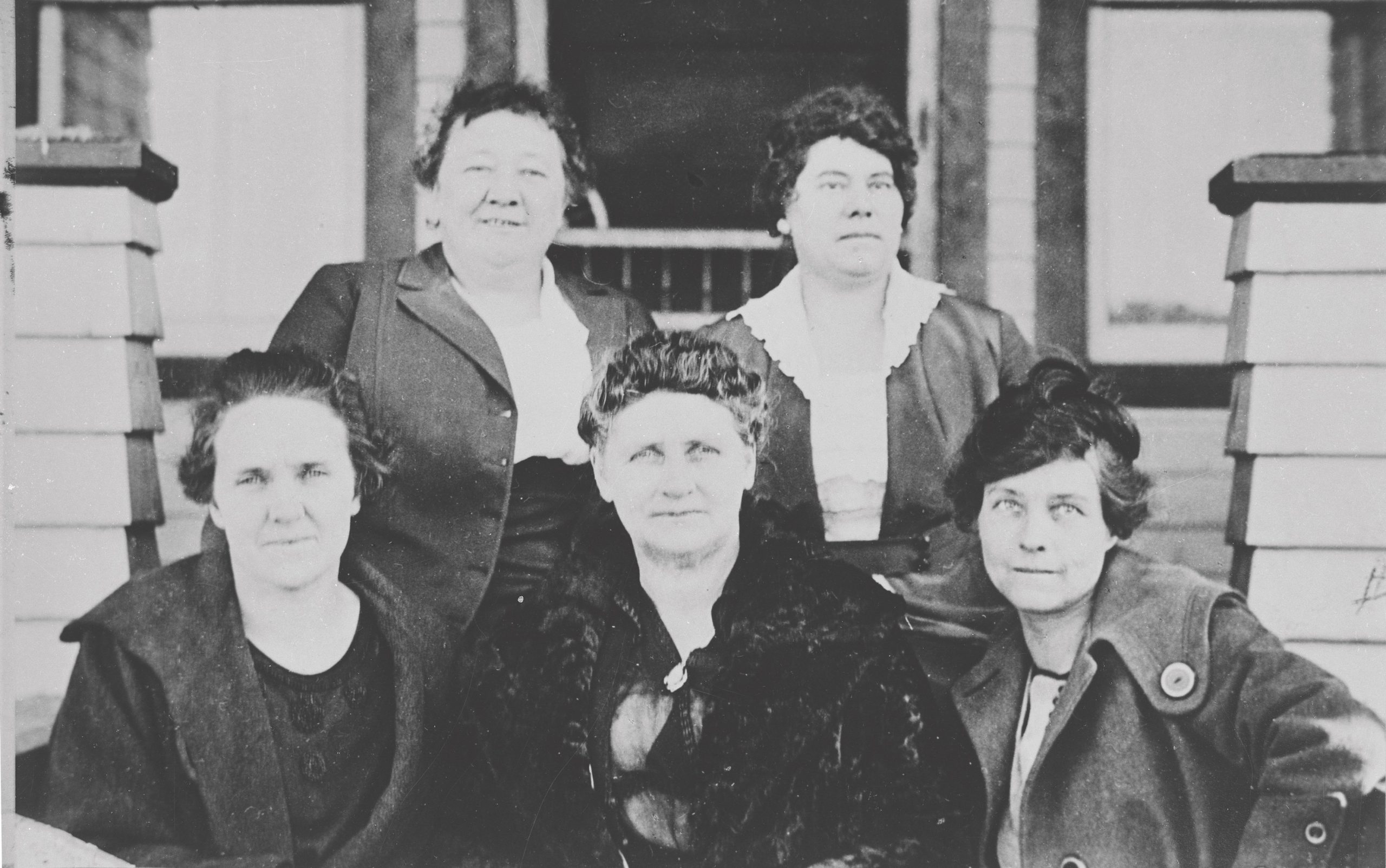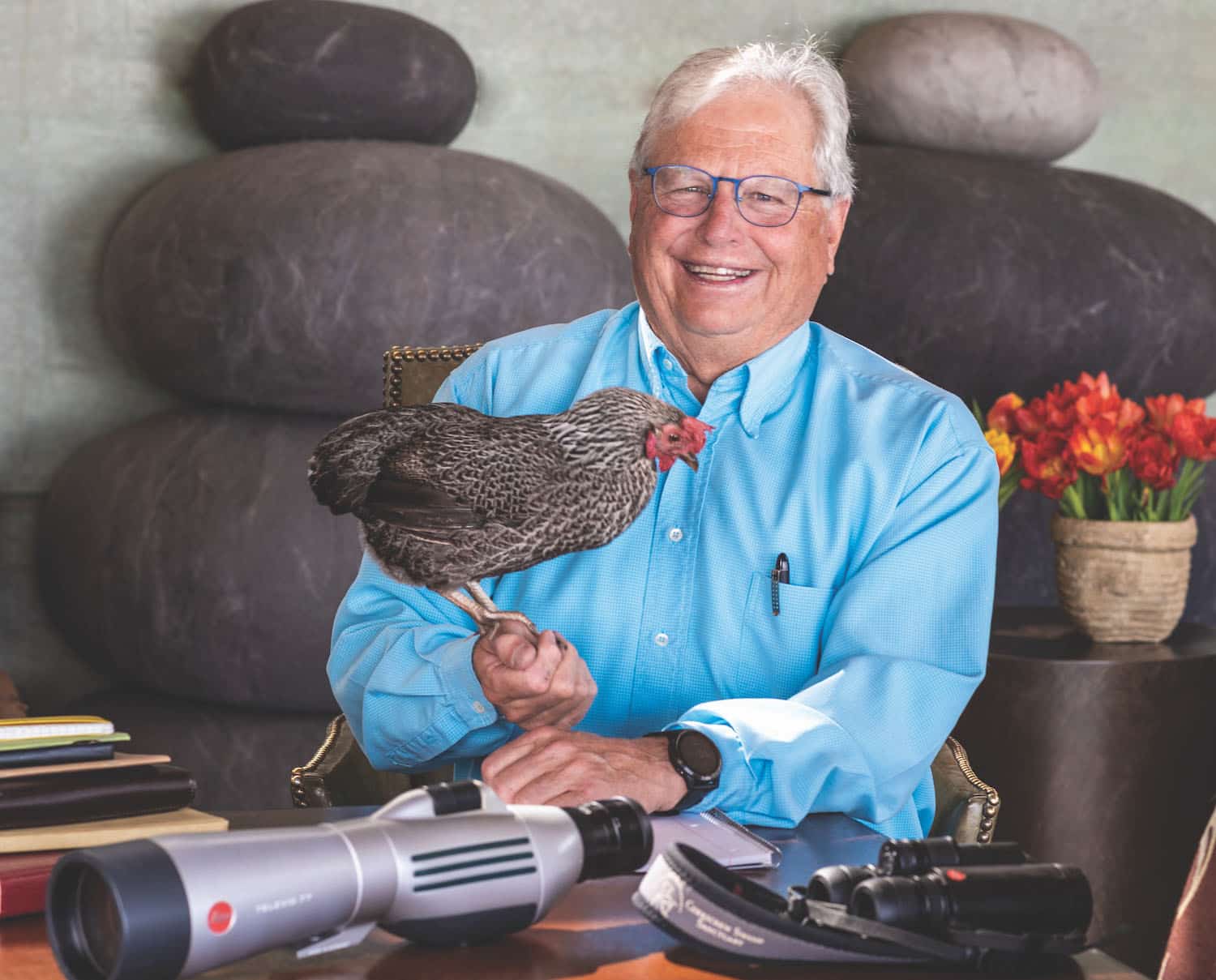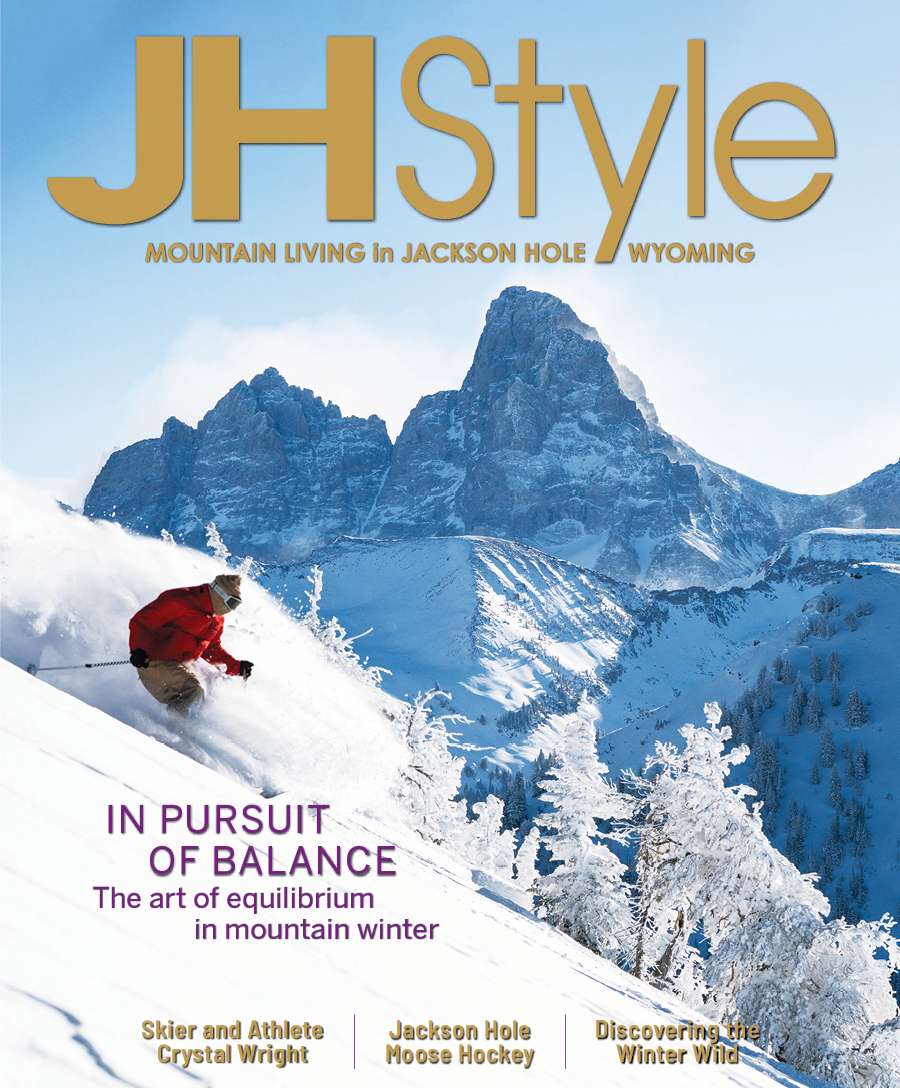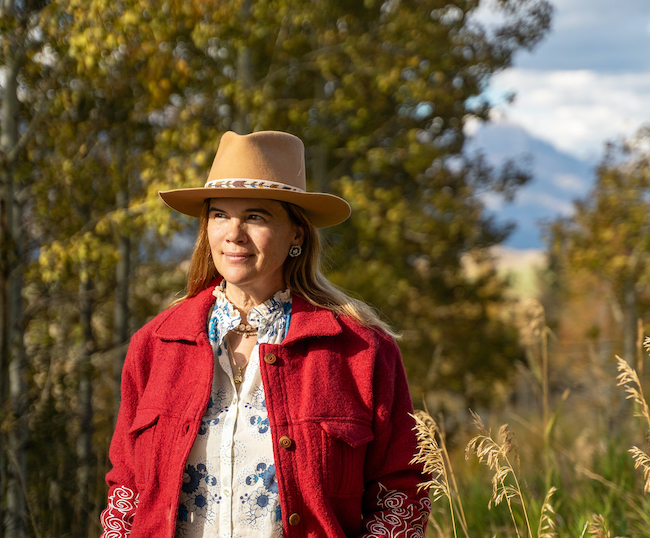What we can learn from the wild animals of the Tetons
28 Nov 2022
Biologist Aly Courtemanch monitors the populations of large animals for the Wyoming Game and Fish Department
Summer 2022
Written By: Lexey Wauters | Images: David Bowers and Mark Gocke
Growing up in the woods of Maine with two biologist parents instilled a love of the outdoors and the creatures that live there in Aly Courtemanch, a wildlife biologist for the Wyoming Game and Fish Department.
Aly smiles nostalgically, recalling her initial resistance to becoming a biologist. “I thought biology was geeky!” she remembers. A few key courses in college, a couple influential professors, and a pivotal internship in Africa finally convinced her that, yes, she did want to be a biologist, and she wanted to work with big landscapes. Right out of college, Aly got an internship in Grand Teton National Park working on a bison project with Kathy McFarland, who became her mentor. She grew to understand the Tetons as one of the few landscapes where substantial herds of large ungulates and apex predators still exist in the wild. She remembers feeling a “sense of awe” at the vision of “thousands of animals moving across a landscape.” Today, Aly’s job at the Wyoming Game and Fish Department involves paying attention to the big picture — monitoring the populations of large animals that live here. One standout project is her work putting together a management plan for the Teton herd of bighorn sheep. After years of habitat loss and shifts in migration corridors, this genetically distinct herd has become geographically isolated and no longer migrates. Instead, they winter in the high elevations of the Teton Range. Aly says the herd is stable, but vulnerable.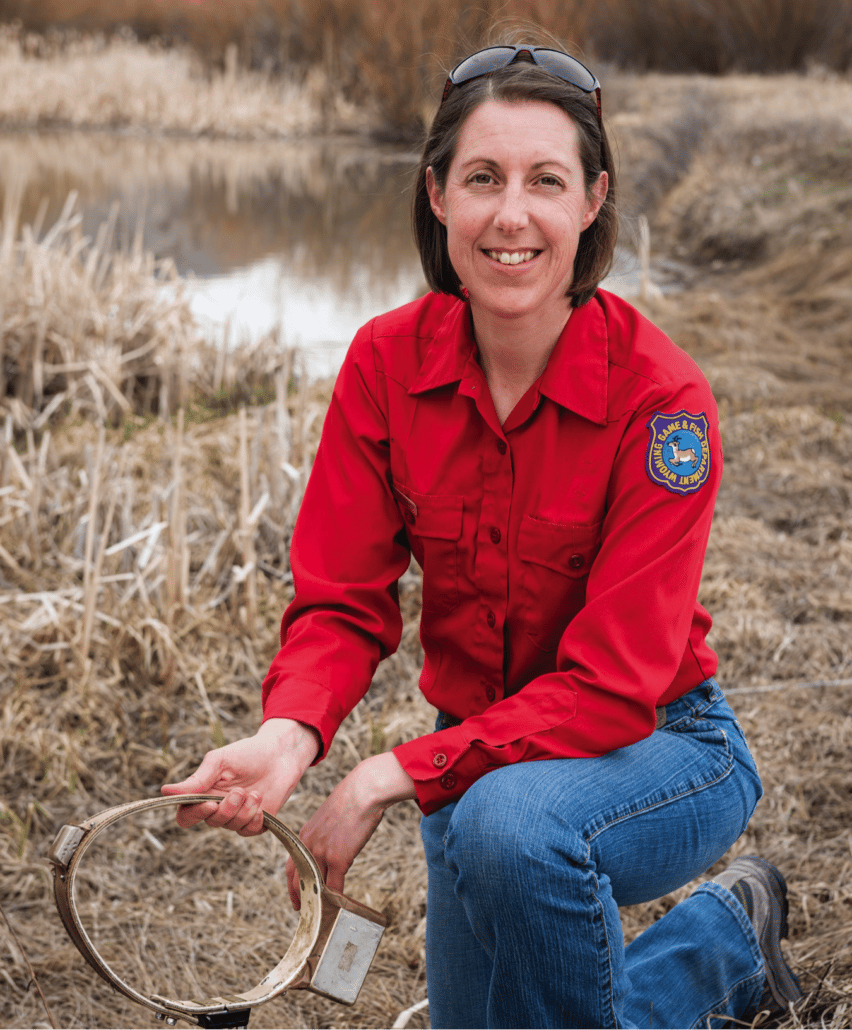 The Teton herd is genetically distinct because they have adapted to living, breeding, and lambing at extreme elevations. Additionally, because of their isolation, they are free from some of the health threats that other bighorn sheep herds have struggled with — like pneumonia pathogens.
Although Aly’s work examines this specific herd, she also sees the impact of migration loss in other species. She describes migration corridors as a network of routes — not every elk walks that same route, but travels within a common network. These variations confer adaptability and resilience for the herd. As those migration networks are restricted and reduced, the herd loses resilience.
Other major migrations in our area include the Jackson elk herd, one of the largest elk herds in North America. The herd faces unique challenges due to the numerous jurisdictions their migration network crosses — national park, national forest, state land, and private property. Another hot-button issue is the winter feeding of the herd. Aly notes that winter feeding has indelibly altered migration routes away from the herd’s historic winter habitat. “Migration in ungulates is a learned behavior,” Aly explains, “they can’t just unlearn a route or re-learn a new one. It takes generations.”
For Aly, her work with the Wyoming Game and Fish Department is a dream job. “My favorite part of this job is doing the annual surveys, traveling by helicopter to count all the elk, all the sheep, all the moose. It’s like a mini treasure hunt to find the animals and see what they are doing,” she gushes. Aly also recognizes her role in educating others. “There aren’t many places where you may have a bear walk through your backyard or see a bison next to your car … it’s about education for the public to keep the wildlife safe.” Aly’s work will help us get there.
The Teton herd is genetically distinct because they have adapted to living, breeding, and lambing at extreme elevations. Additionally, because of their isolation, they are free from some of the health threats that other bighorn sheep herds have struggled with — like pneumonia pathogens.
Although Aly’s work examines this specific herd, she also sees the impact of migration loss in other species. She describes migration corridors as a network of routes — not every elk walks that same route, but travels within a common network. These variations confer adaptability and resilience for the herd. As those migration networks are restricted and reduced, the herd loses resilience.
Other major migrations in our area include the Jackson elk herd, one of the largest elk herds in North America. The herd faces unique challenges due to the numerous jurisdictions their migration network crosses — national park, national forest, state land, and private property. Another hot-button issue is the winter feeding of the herd. Aly notes that winter feeding has indelibly altered migration routes away from the herd’s historic winter habitat. “Migration in ungulates is a learned behavior,” Aly explains, “they can’t just unlearn a route or re-learn a new one. It takes generations.”
For Aly, her work with the Wyoming Game and Fish Department is a dream job. “My favorite part of this job is doing the annual surveys, traveling by helicopter to count all the elk, all the sheep, all the moose. It’s like a mini treasure hunt to find the animals and see what they are doing,” she gushes. Aly also recognizes her role in educating others. “There aren’t many places where you may have a bear walk through your backyard or see a bison next to your car … it’s about education for the public to keep the wildlife safe.” Aly’s work will help us get there. 
